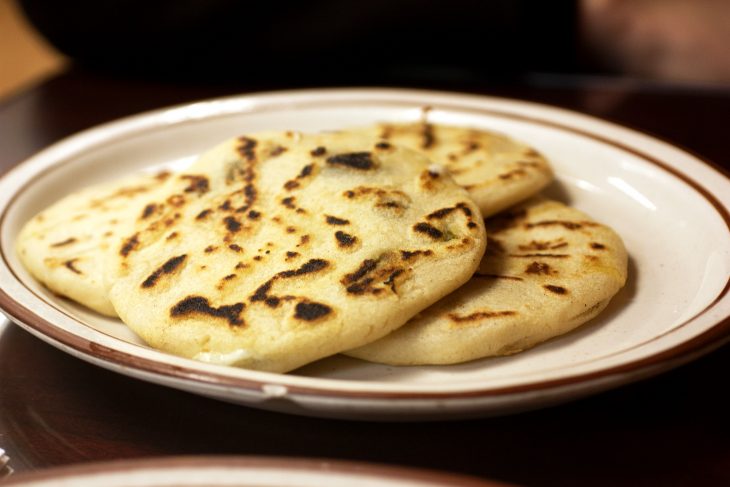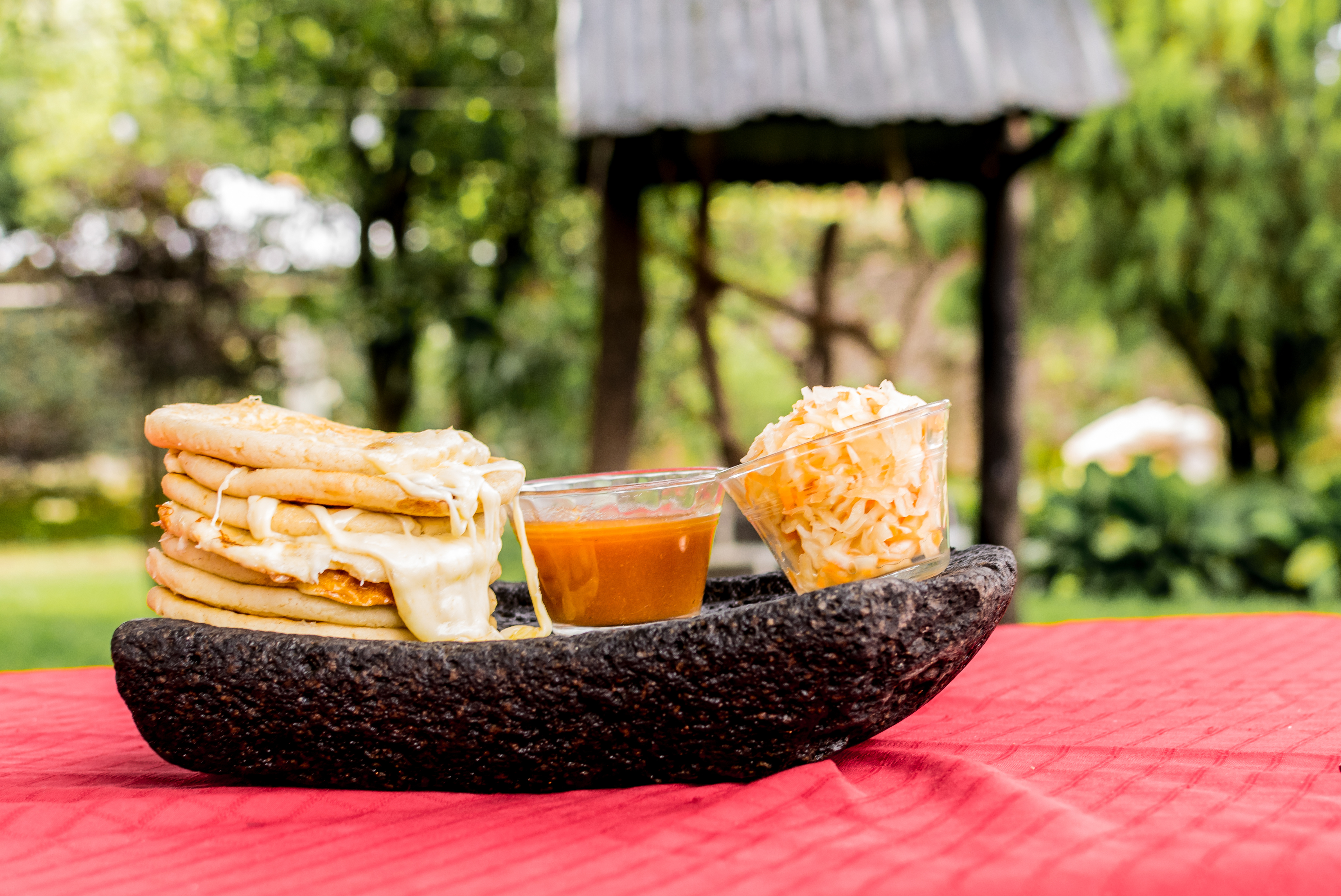
The pupusa, El Salvador’s iconic national dish, is a mouthwatering fusion of culture and culinary delight. With its humble origins dating back to the Pipil tribes of pre-Colombian times, the pupusa continues to enthrall food lovers with its simple yet flavorful profile. But apart from its taste, have you ever wondered about the nutritional aspects of this beloved dish? Let’s delve into 11 pupusa nutrition facts and discover the health dynamics behind this stuffed corn tortilla delight.
Caloric Content
Calories are the measure of energy provided by food. A standard pupusa, depending on the fillings and size, contains approximately 200-300 calories. The amount can increase with richer fillings like cheese, beans, or pork.
Quality Protein
Pupusas are a good source of quality protein, particularly when filled with cheese or refried beans. Protein is a vital macronutrient that supports muscle growth, tissue repair, and immune function. A single pupusa can deliver between 6 to 10 grams of protein, depending on the filling.
Complex Carbohydrates
The corn masa, or dough, used to create pupusas is a source of complex carbohydrates. Unlike simple carbs, complex carbs are digested slowly, providing a steady release of energy and helping you stay full for a longer period.
Dietary Fiber
Pupusas filled with refried beans can offer a substantial amount of dietary fiber. Fiber aids in digestion, helps regulate blood sugar levels, and can support weight management by promoting feelings of fullness.
Rich in Minerals
Depending on the fillings used, pupusas can be a source of important minerals like calcium, potassium, and iron. Cheese-filled pupusas, for instance, can provide a decent amount of calcium, which is essential for bone health.

Vitamins Galore
Pupusas can deliver a variety of essential vitamins. For example, B-vitamins from refried beans and cheese, and vitamin C from the curtido, a pickled cabbage slaw typically served with pupusas.
Lower in Fat
Compared to many other fast foods, pupusas tend to be lower in fat. This, of course, depends on the filling and cooking method. Opting for bean or vegetable-filled pupusas and avoiding excess cheese can keep the fat content in check.
Sodium Content
One nutritional aspect to watch out for in pupusas is their sodium content. Like many prepared foods, pupusas can contain higher levels of sodium, particularly if cheese or processed meats are used in the filling.
Gluten-Free Delight
For those with gluten intolerance or celiac disease, pupusas can be an excellent meal option. They are traditionally made with corn masa, which is naturally gluten-free.
Antioxidant-Rich Curtido
Curtido, the fermented cabbage slaw commonly served with pupusas, is high in vitamin C and other antioxidants. These compounds combat oxidative stress in the body, promoting overall health.
Versatility for Healthier Options
The versatile nature of pupusas allows for numerous healthier options. Whole grain masa, lean meats, or an abundance of veggies can enhance the nutritional profile of pupusas, making them a wholesome choice for a well-rounded diet.
Conclusion
These 11 pupusa nutrition facts unveil a different dimension to the culinary charm of pupusas. While they are undoubtedly delicious, pupusas also offer a variety of nutritional benefits. As with any food, moderation and balance are key. So, savor your pupusa, enjoy the rich heritage it represents, and remember: food is not just about taste, it’s also about nourishing your body. Happy pupusa-eating!
Was this page helpful?
Our commitment to delivering trustworthy and engaging content is at the heart of what we do. Each fact on our site is contributed by real users like you, bringing a wealth of diverse insights and information. To ensure the highest standards of accuracy and reliability, our dedicated editors meticulously review each submission. This process guarantees that the facts we share are not only fascinating but also credible. Trust in our commitment to quality and authenticity as you explore and learn with us.
